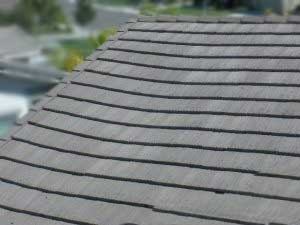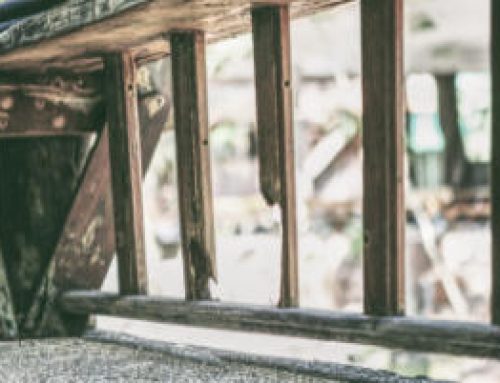Some of the most expensive repairs come from structural damage. But are you savvy  enough to recognize what might be costly structural damage in your home?
enough to recognize what might be costly structural damage in your home?
What is Structural Damage?
Structural damage is defined as any damage that compromises or affects the core integrity of your home. This includes the foundation, walls, roof and load-bearing walls. When structural damage occurs, the structure itself may be no longer able to support the house. Your home may be in danger of collapse or failure.
Signs of Structural Damage: Interior
- Doors or windows that won’t close or open properly
- Drywall or plaster cracks, especially around door frames
- Cracks in basement walls
- Bowing of walls
- Gaps between walls and floors
- Uneven or slanting floors
- Nail pops
Signs of Structural Damage: Exterior
- Cracks in foundation walls
- Cracks in stairs, brick or stonework, and mortar joints
- Cracks in window glass
- Gaps between the stairs or porch and the home
- Gaps in door or window frames
- Cracked or leaning chimney
Related: How to Evaluate a Home with Structural Damage
How to Look for Structural Damage
If you have noticed any of the signs of structural damage in your home or business, you may want to take a closer look to see if the integrity of the structure is at risk. You may also want to have a professional review the home’s structure if you are looking to purchase the home. Here are some of the things to check:
Foundation
Review the foundation walls both inside and outside the home. Look for large vertical cracks that are wider at the top and narrower at the bottom. This can indicate extreme settling. Horizontal cracks can indicate that the home is sliding off its footings. Small hairline cracks should not cause worry.
Roof and Walls
Shifting is the main cause of structural damage to roofs and load-bearing walls. To check for shifting, step away from the home and survey the roofline. Does it slant at either end or droop in the middle? This may indicate that a load-bearing wall has been compromised.
Rotting Wood
Check wood joists for insect damage or rot by stabbing the wood with a screwdriver. If soft or crumbly, this will indicate a structural problem. Insects, such as termites, will leave small holes in the wood.
For a Thorough Structural Damage Inspection, Trust Först Consulting Group
At Först Consulting Group, we make it our business to understand building pathologies. As a construction expert, we know how structures are made and the things that can compromise them. Using a variety of testing methods and comparisons to building codes and good construction practices, we will inspect your home or building and provide you with a complete inspection report that will include findings, photographs and estimated costs for remediation.
Structural damage doesn’t just occur in older homes; it can be the result of faulty building practices in new homes as well.
If you suspect a problem in your home or business, the sooner you check it out, the better. Damage left alone will only get worse and may destroy the integrity or stability of your structure altogether, or result in high-cost repairs. If the damage occurs during new construction, addressing it sooner will help to remediate the problem more speedily.
Contact Först Consulting Group.


